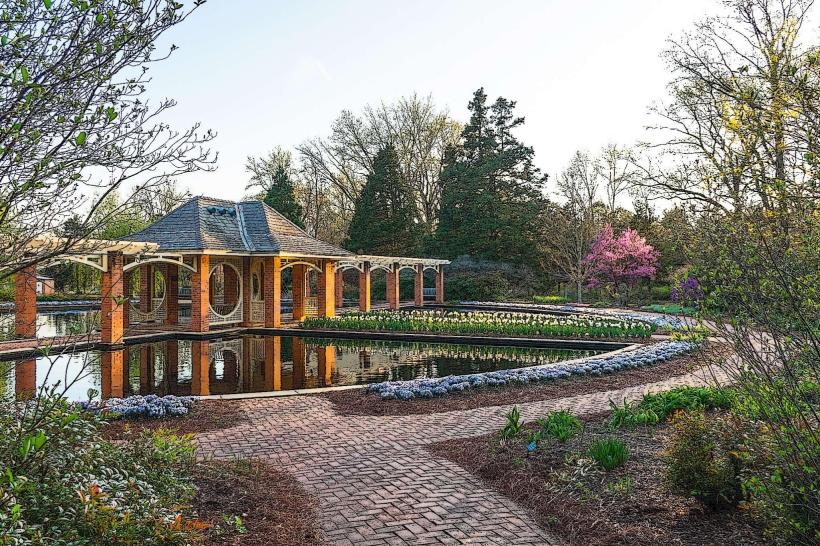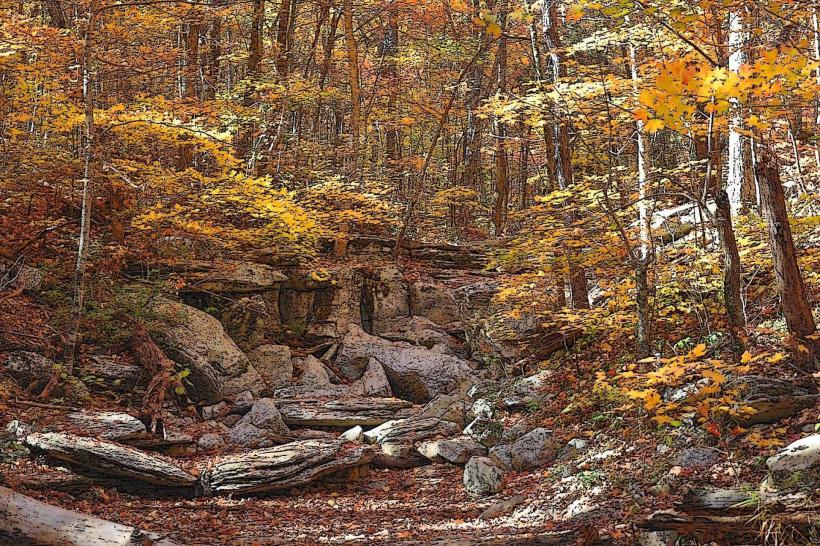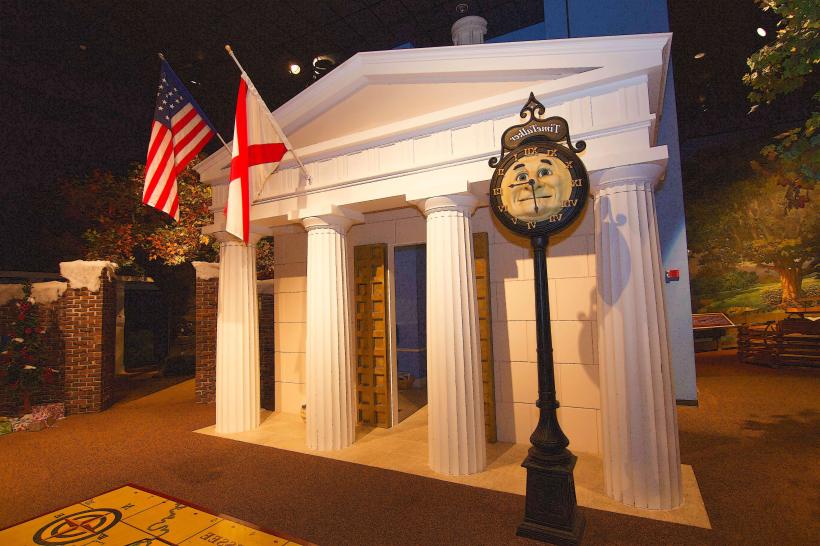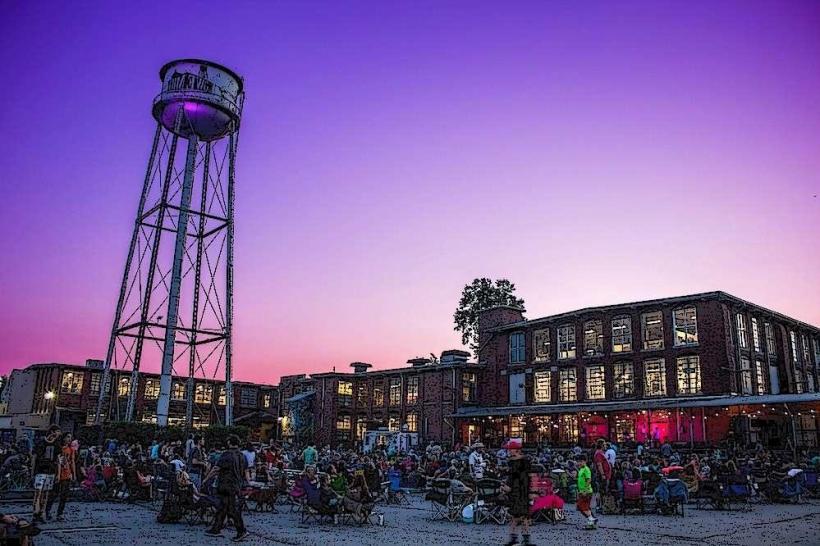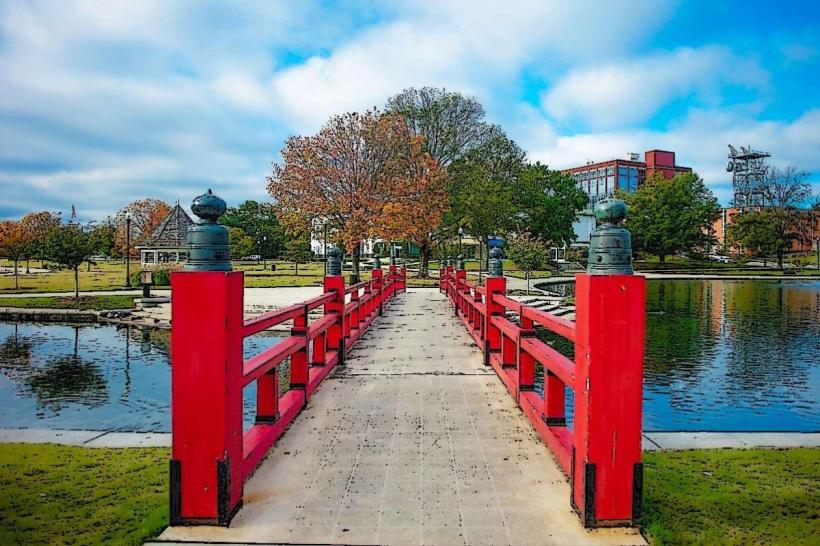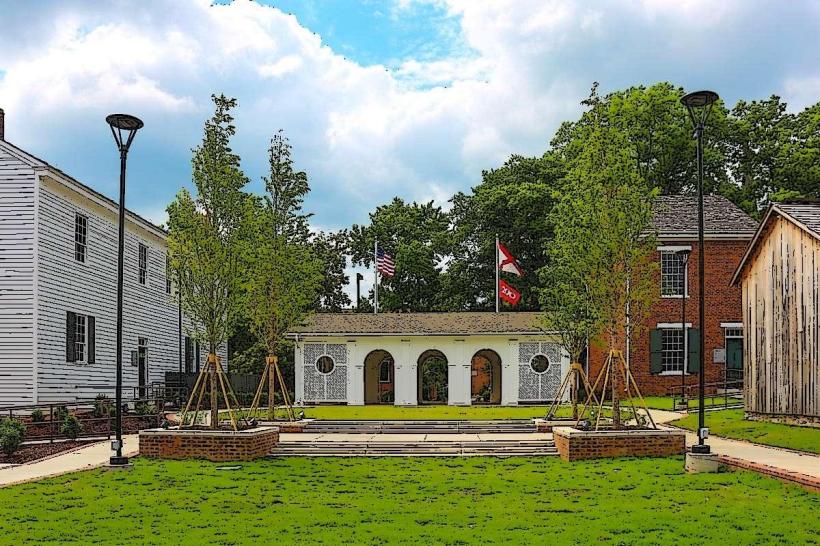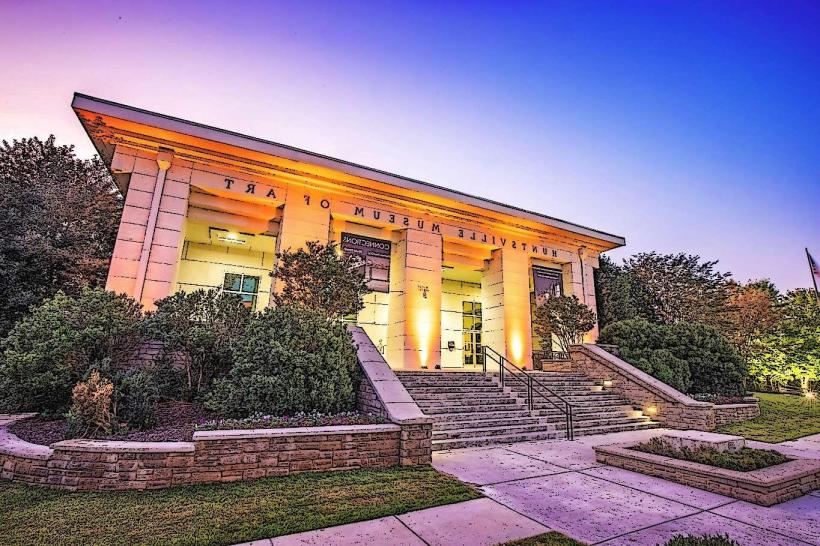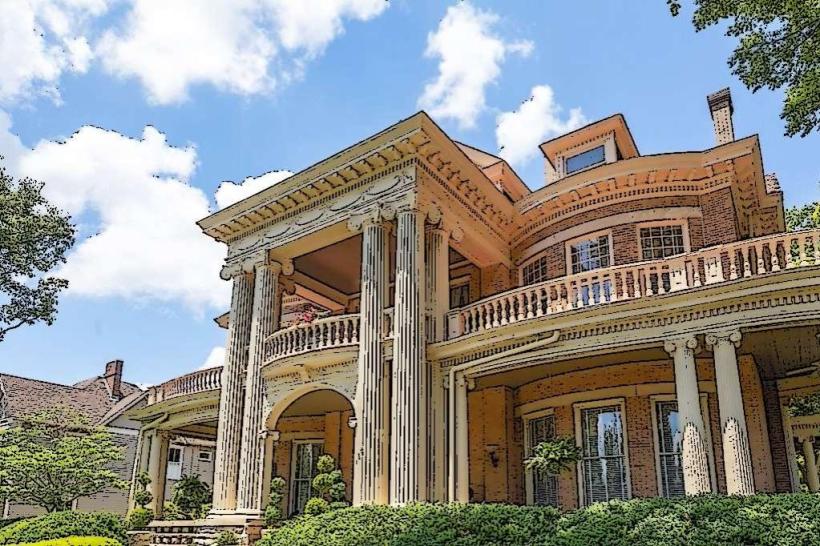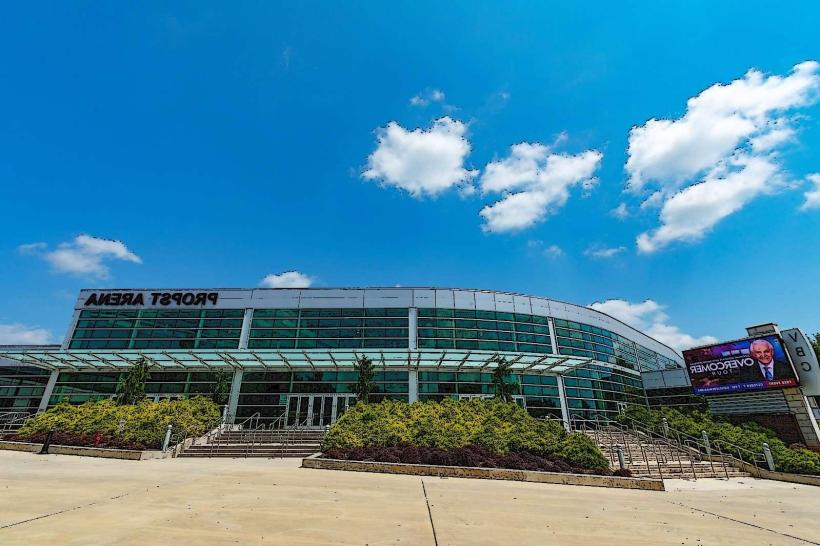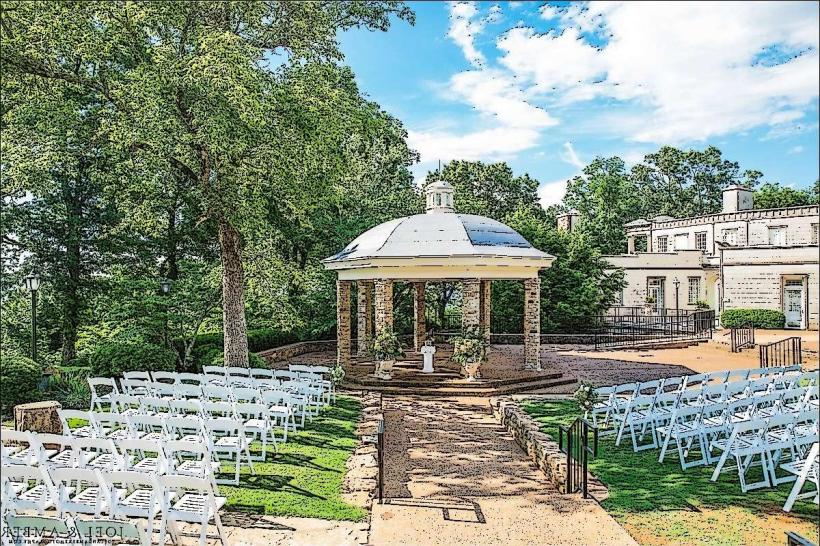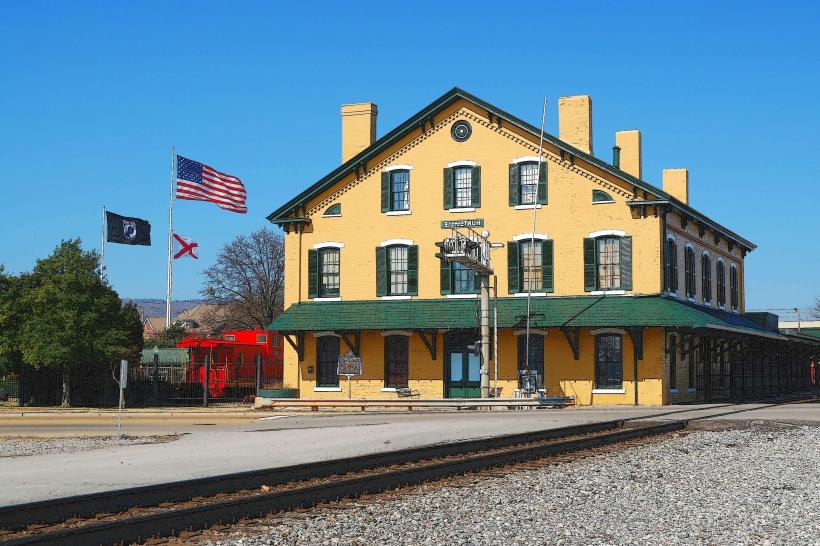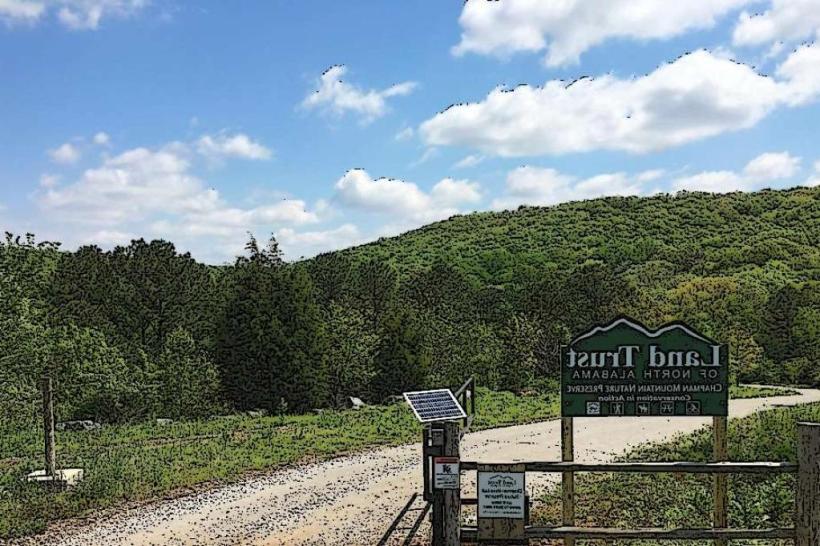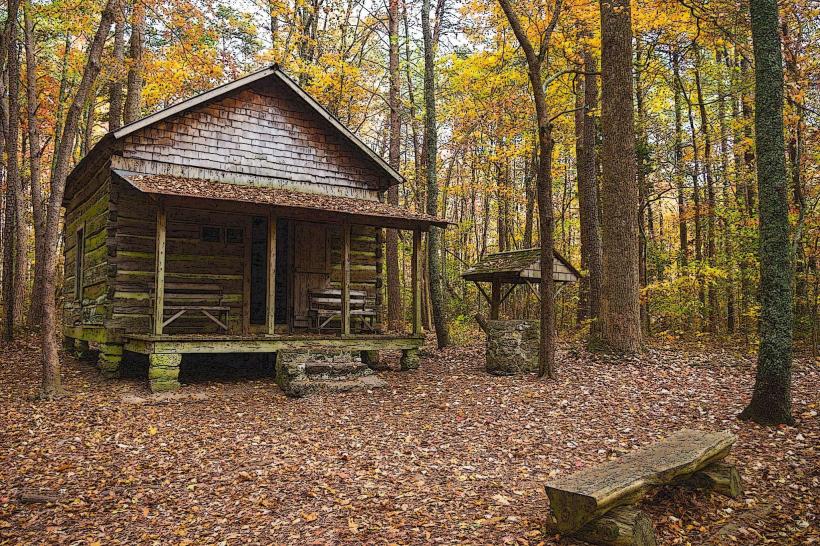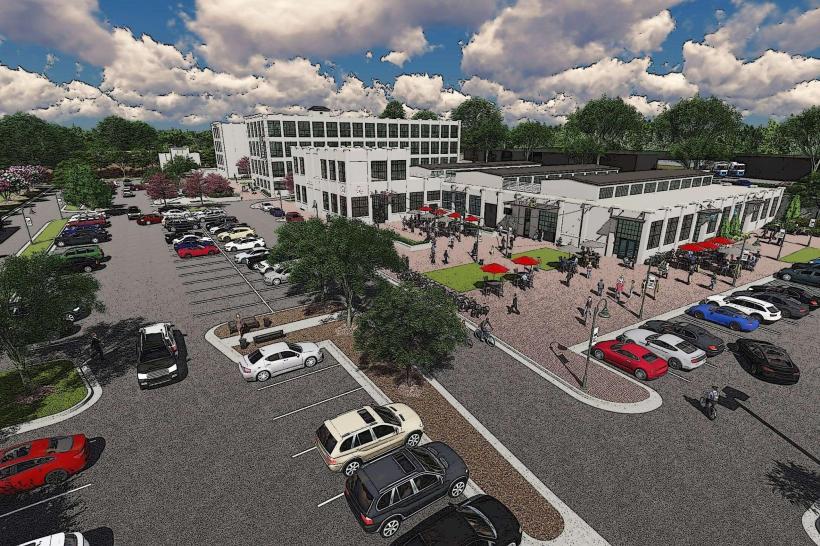Information
Landmark: Huntsville Meridian Street Historic DistrictCity: Huntsville
Country: USA Alabama
Continent: North America
Huntsville Meridian Street Historic District, Huntsville, USA Alabama, North America
The Meridian Street Historic District in Huntsville, Alabama, is a residential neighborhood that showcases the growth of the city during the early to mid-20th century. Unlike the Twickenham and Old Town districts, which emphasize antebellum and Victorian architecture, Meridian Street reflects Huntsville’s expansion northward as it transitioned into a more industrial and modern city.
Historical Background
The district developed primarily between the 1920s and the 1950s, coinciding with Huntsville’s shift from a small cotton-based economy to a diversified community that would eventually embrace defense and aerospace industries. Families from a range of economic backgrounds settled here, creating a neighborhood of modest yet well-built homes. Its inclusion on the National Register of Historic Places highlights the area’s role in representing Huntsville’s working- and middle-class heritage.
Layout and Character
The district extends along Meridian Street and several adjacent blocks north of downtown. It is laid out in a grid pattern, typical of early 20th-century residential planning, with tree-lined streets and sidewalks. The homes are generally set back with front yards, giving the neighborhood a cohesive suburban character despite its proximity to the city center.
Architectural Highlights
The Meridian Street Historic District features a mix of architectural styles that were popular for middle-income families in the early 1900s:
Bungalows and Craftsman Cottages: Dominant in the district, with low-pitched gable roofs, wide porches, and exposed rafters.
Minimal Traditional Houses: Built in the 1930s and 1940s, these small, practical homes reflected economic constraints of the Depression and wartime era.
Cape Cod and Colonial Revival Influences: Some houses feature symmetrical façades, dormer windows, and simplified decorative details.
Ranch-Style Houses: A few appear in the later sections, reflecting post-World War II trends.
While the houses are modest in size compared to Huntsville’s wealthier neighborhoods, they embody durability and craftsmanship, making them strong examples of 20th-century residential design.
Cultural Significance
The district provides a window into the lives of Huntsville’s working families during a period of transition. Many residents were employed in mills, factories, and later in the Redstone Arsenal and space programs. Unlike the city’s earlier elite districts, Meridian Street reflects the aspirations of everyday citizens who shaped Huntsville’s social fabric.
Preservation and Recognition
The district’s designation on the National Register has helped protect its architectural integrity. While some modern alterations exist, the neighborhood still retains much of its original charm, with a strong sense of community and continuity. Preservation groups emphasize the importance of districts like Meridian Street in telling Huntsville’s complete story-not just its wealthy or technologically advanced chapters.
Visitor Tips
The district is still a lived-in residential neighborhood, so visits are best enjoyed by walking or driving slowly through the streets while being respectful of private property.
Architecture enthusiasts will appreciate the variety of Craftsman details, original brickwork, and porch designs.
Its location north of downtown makes it easy to combine with visits to other historic areas such as Old Town or Five Points.
The Meridian Street Historic District offers an authentic glimpse into Huntsville’s 20th-century growth, where modest architecture and community values combined to create one of the city’s most representative neighborhoods of the era.

